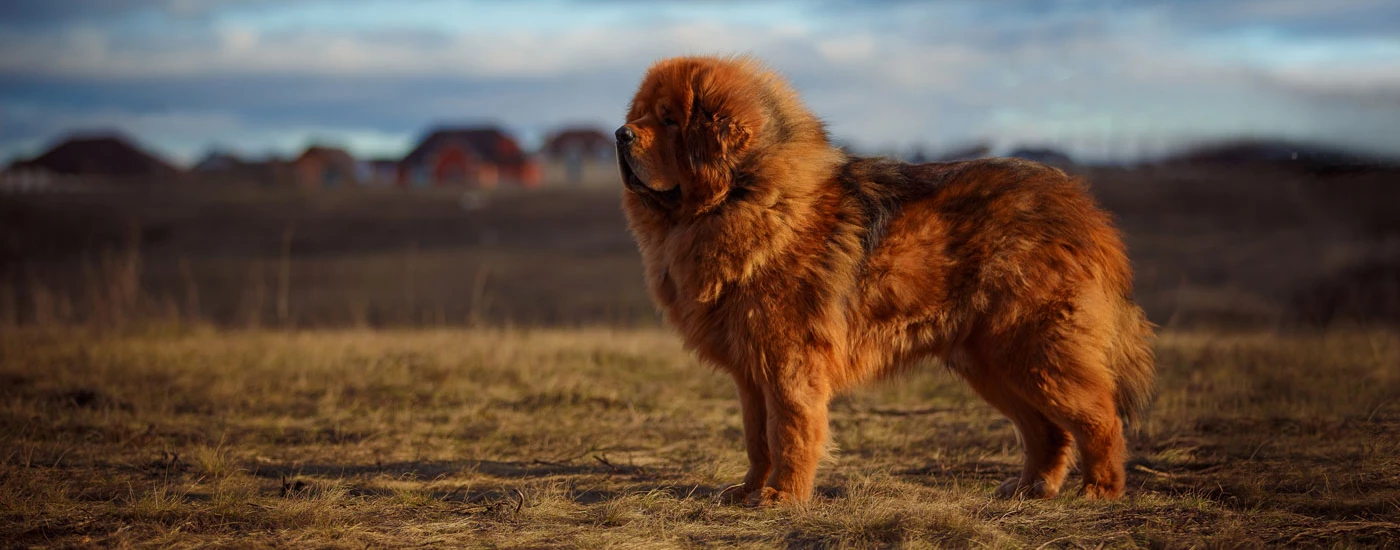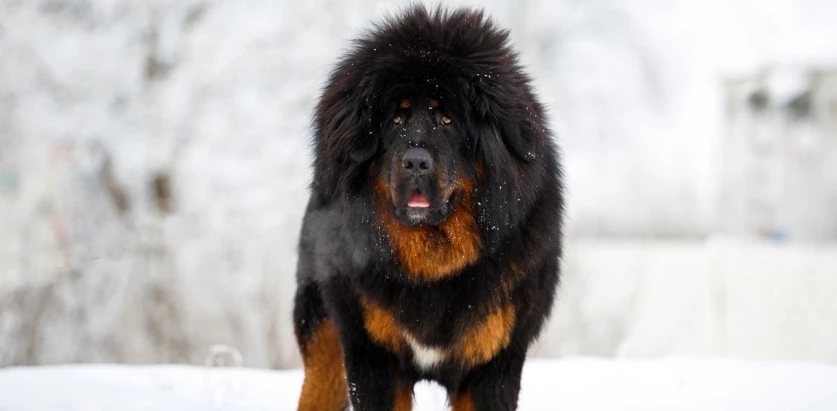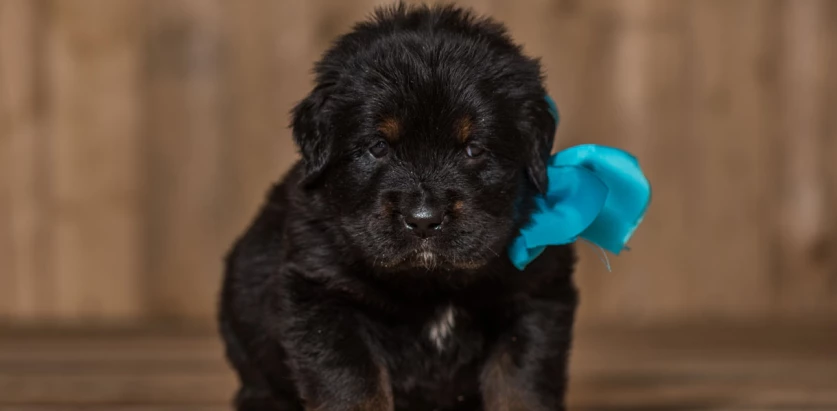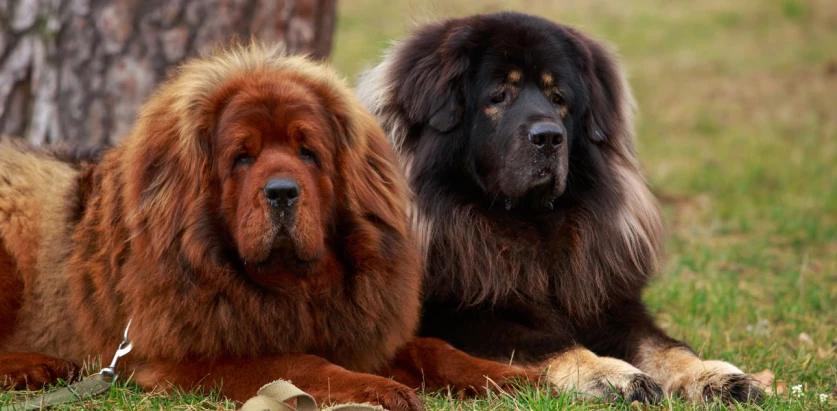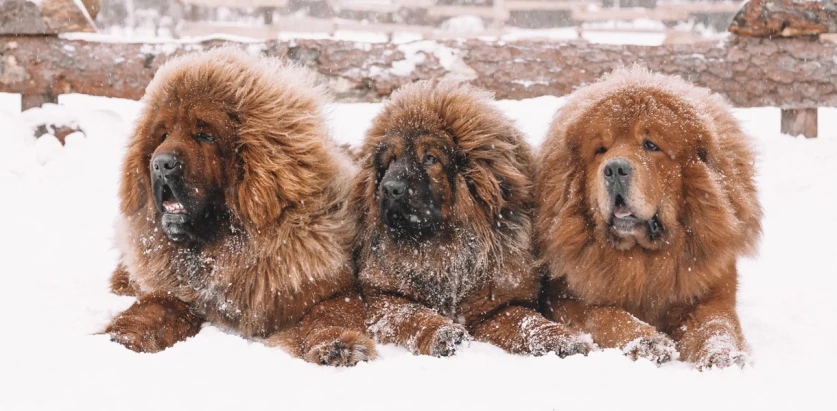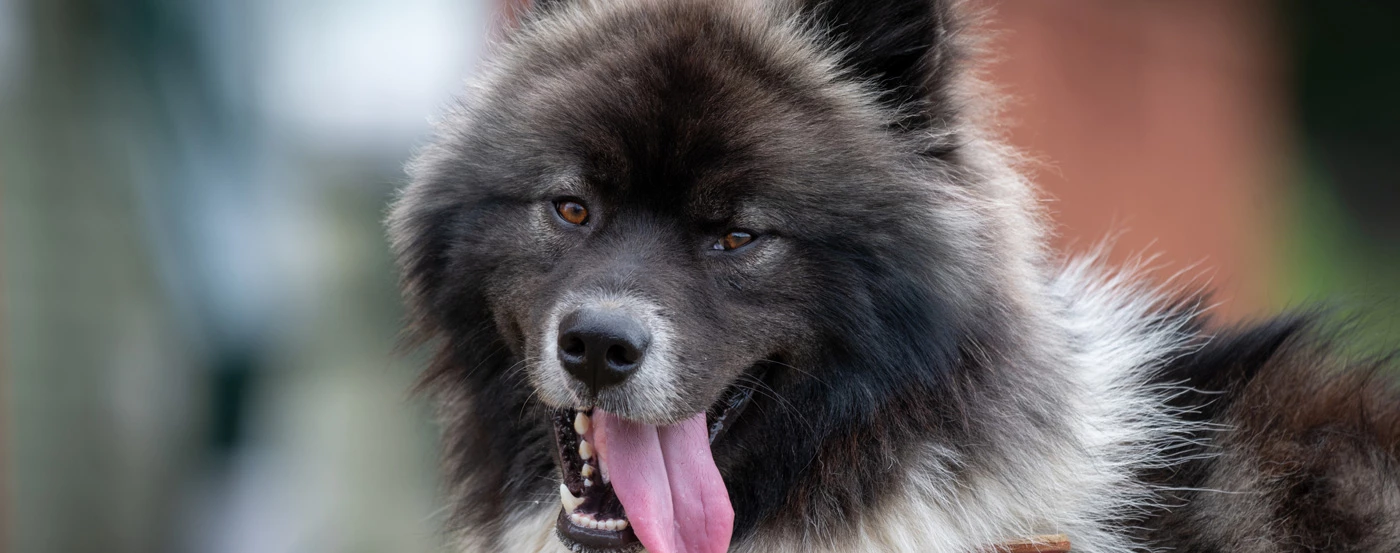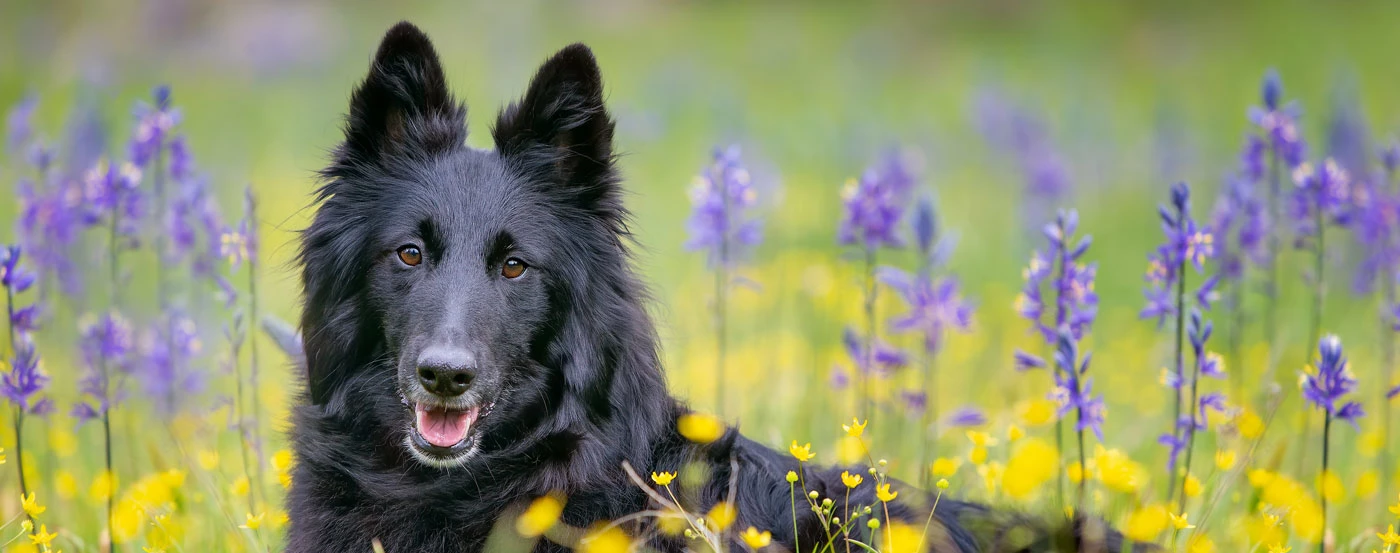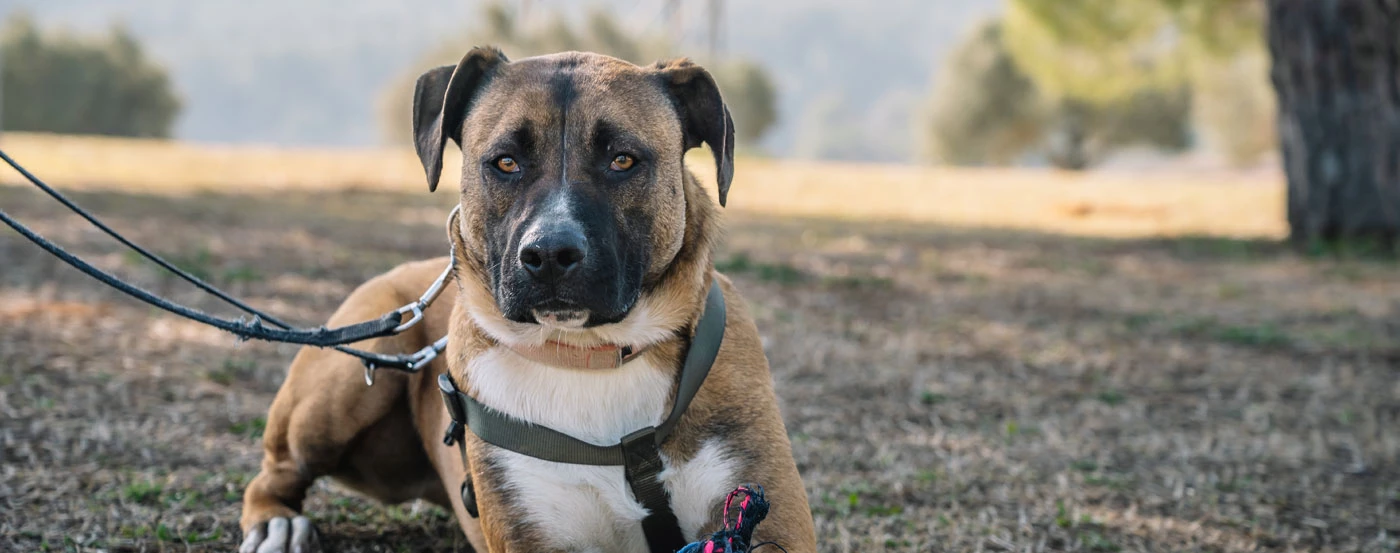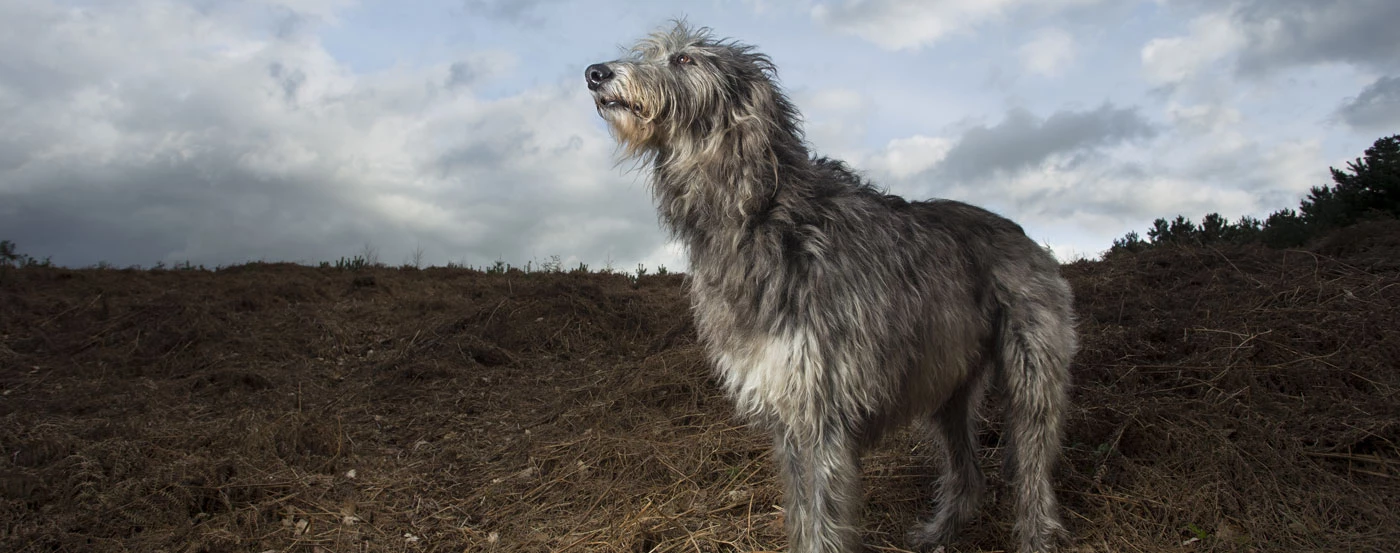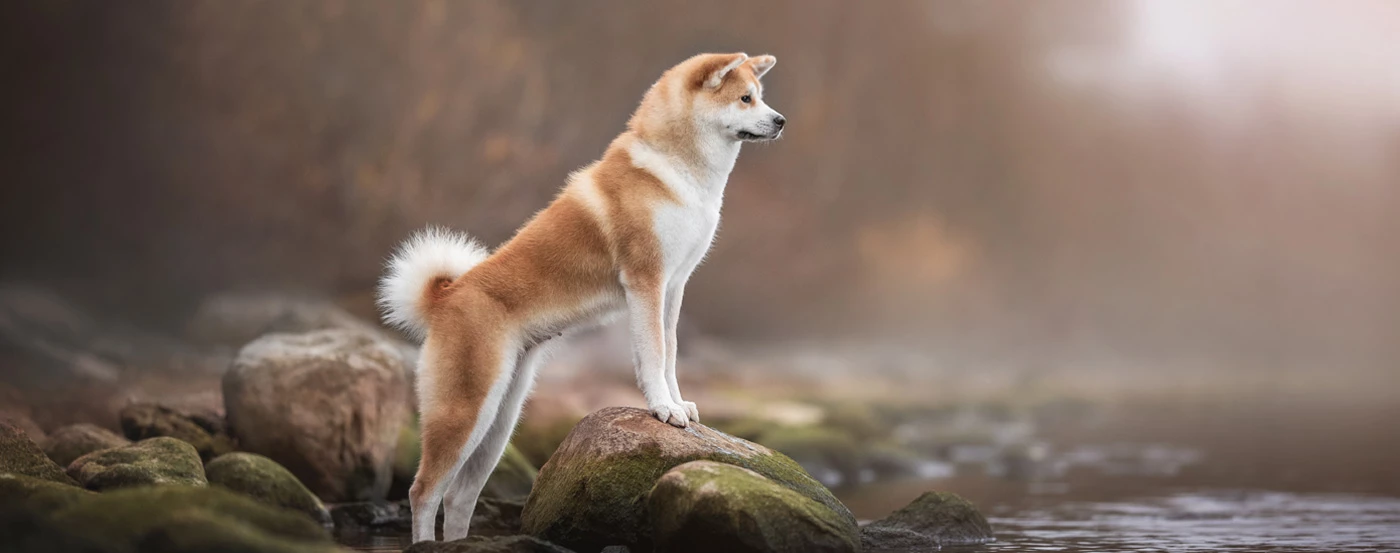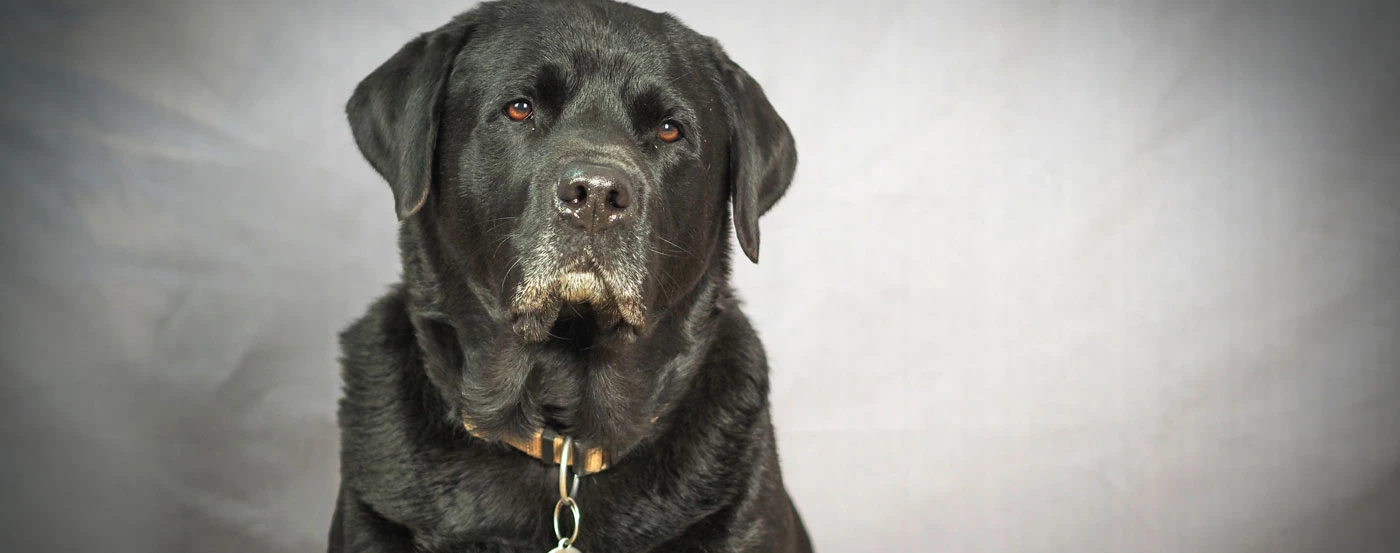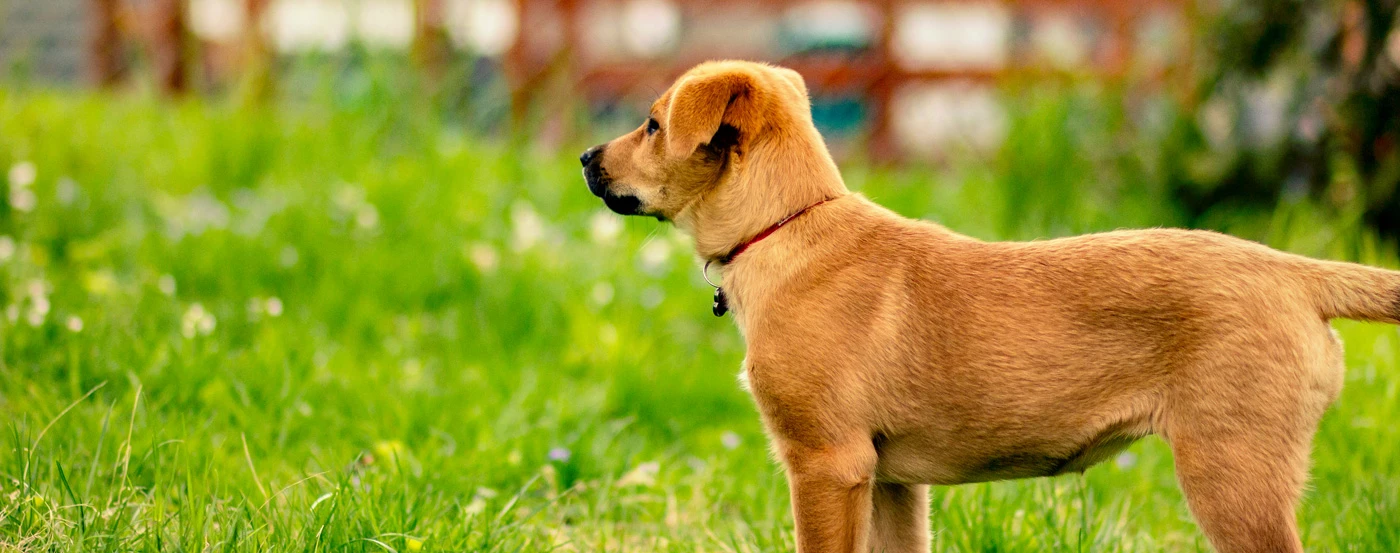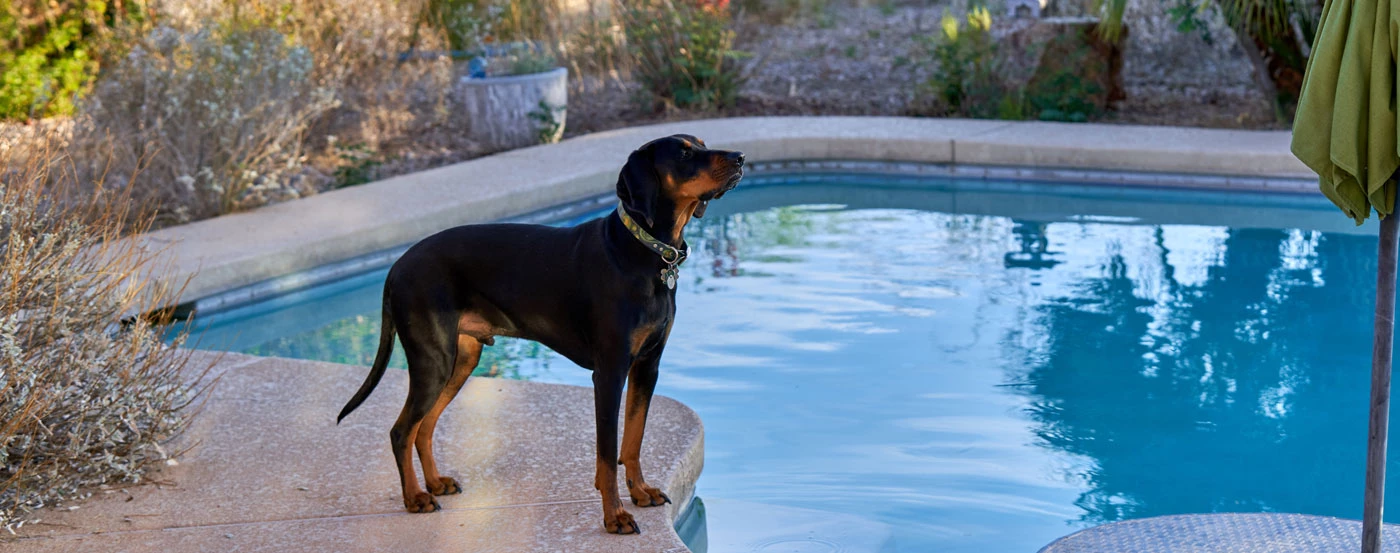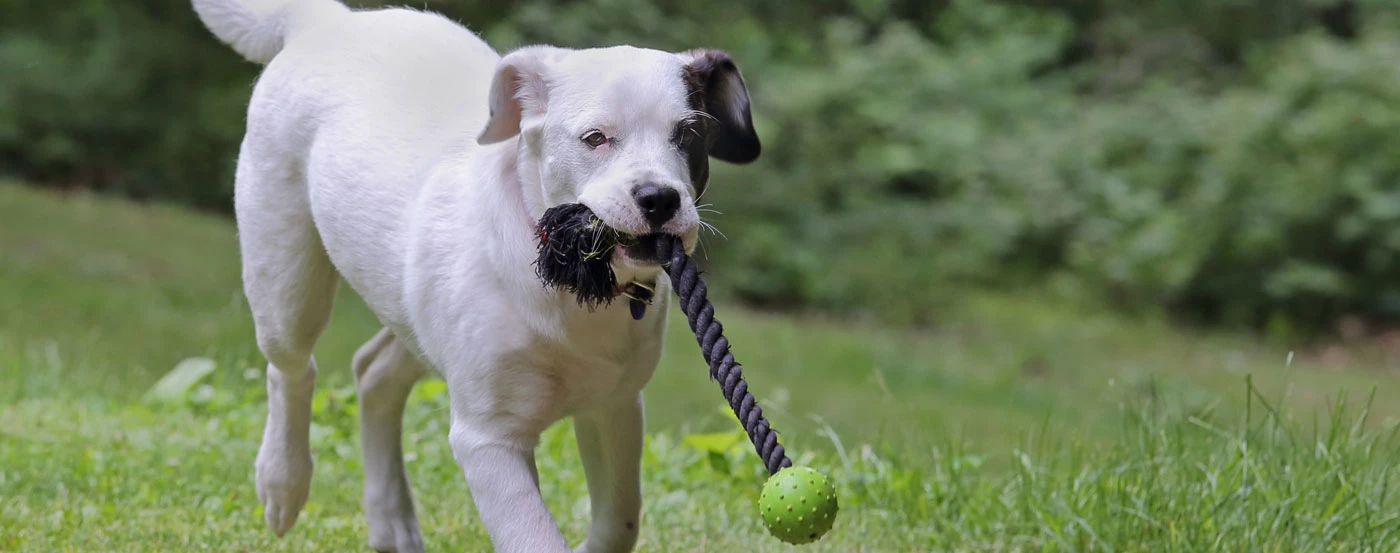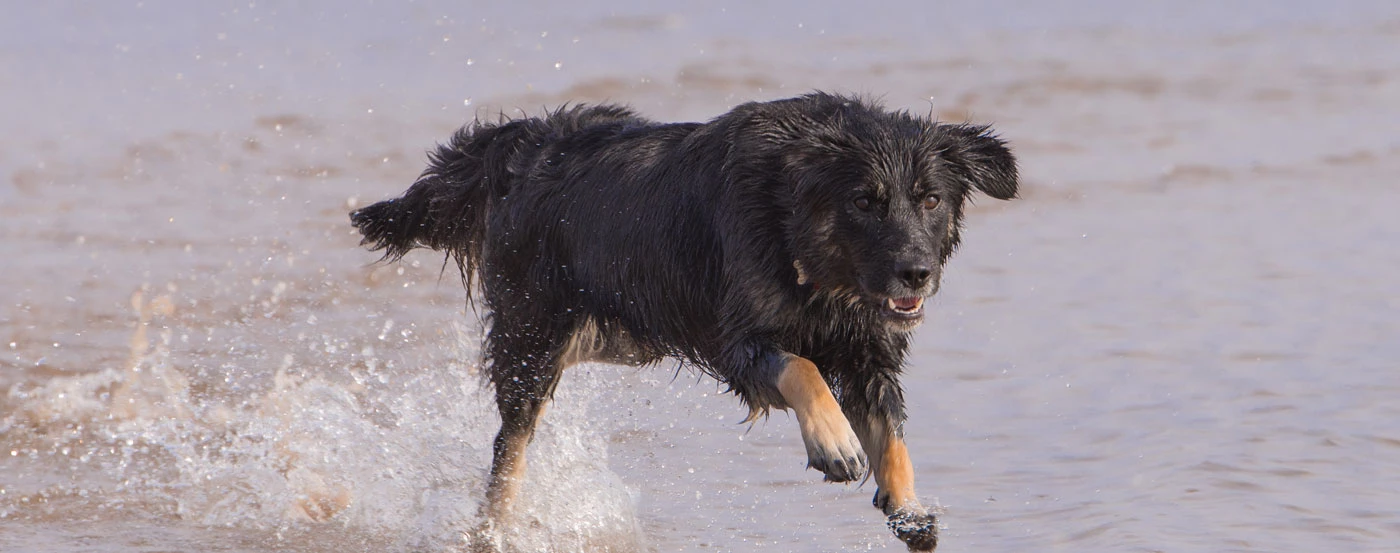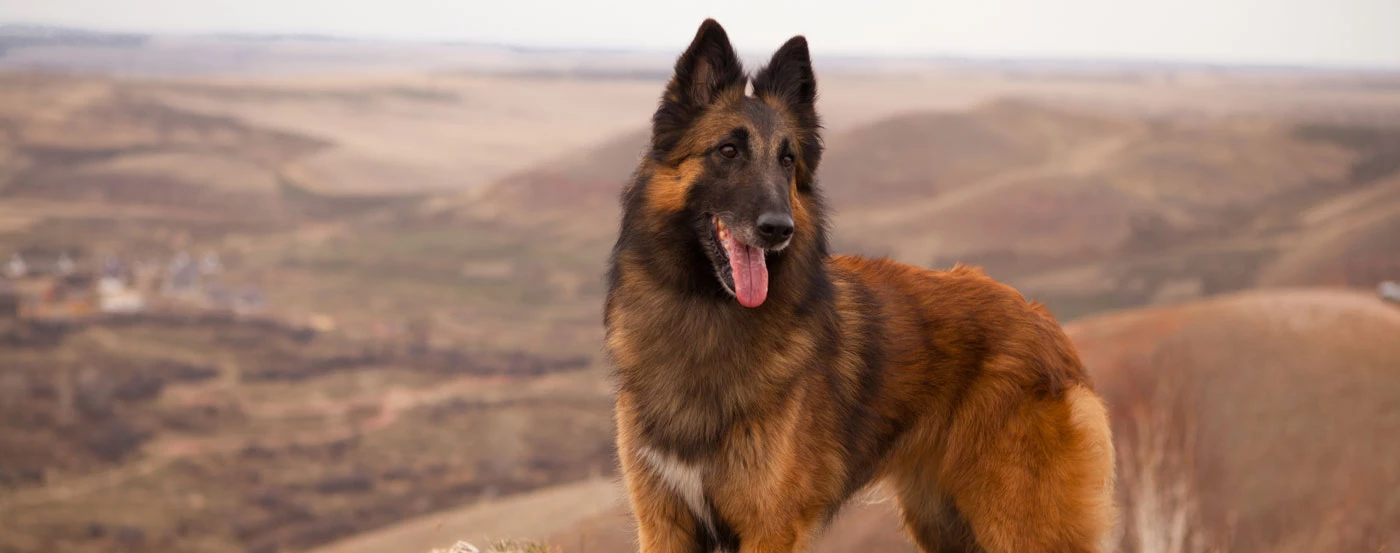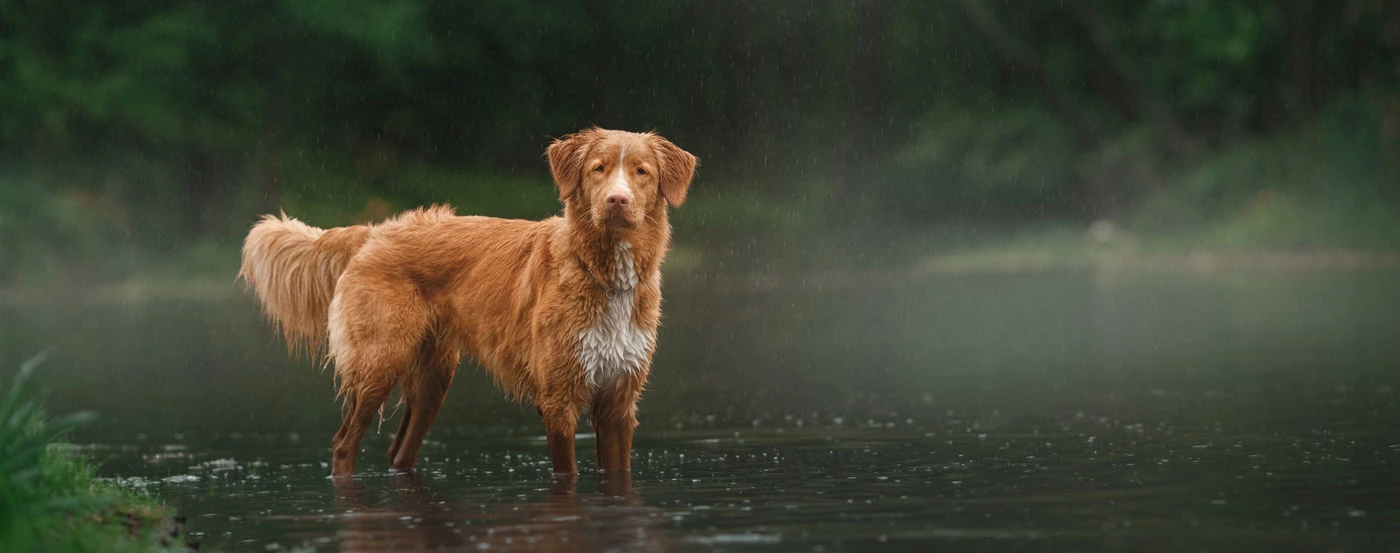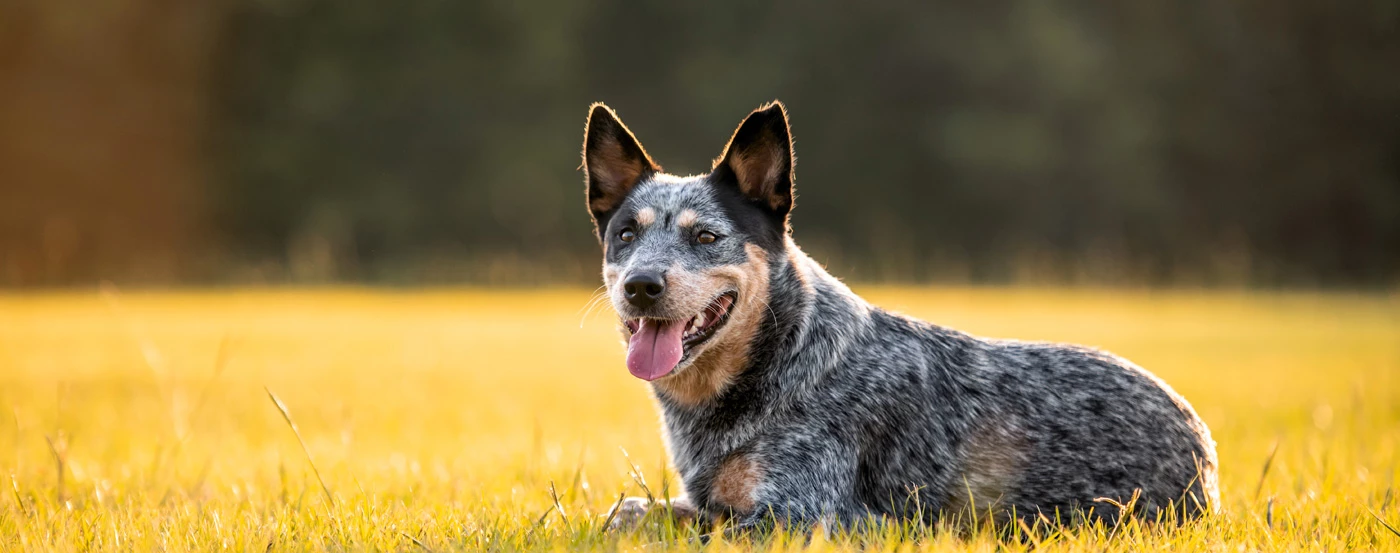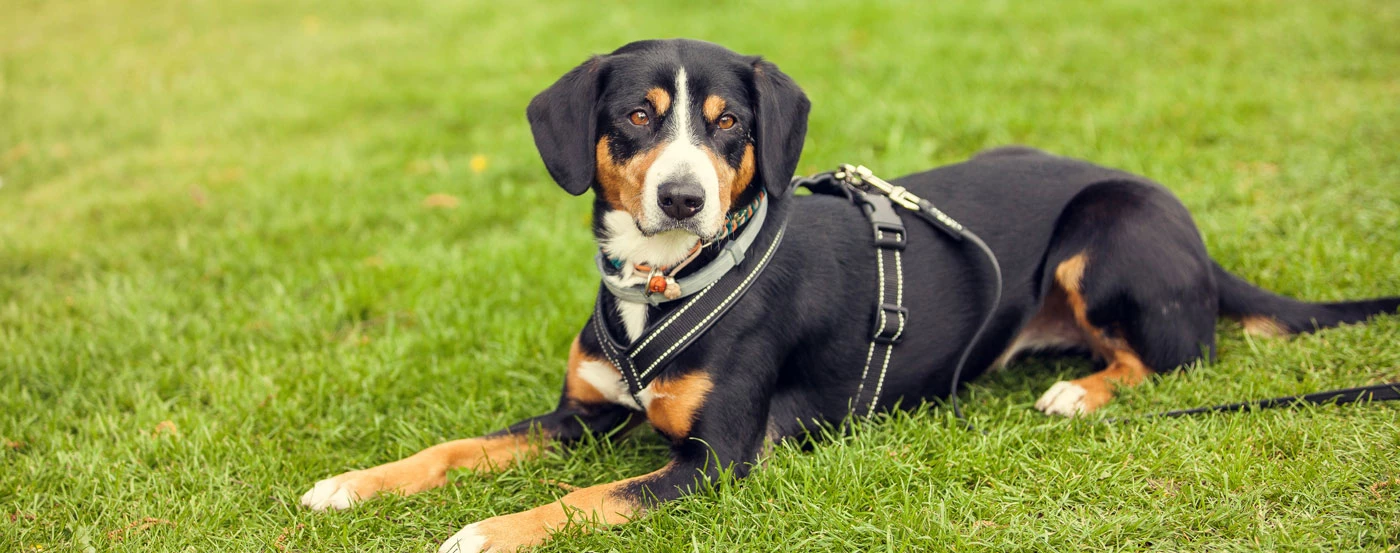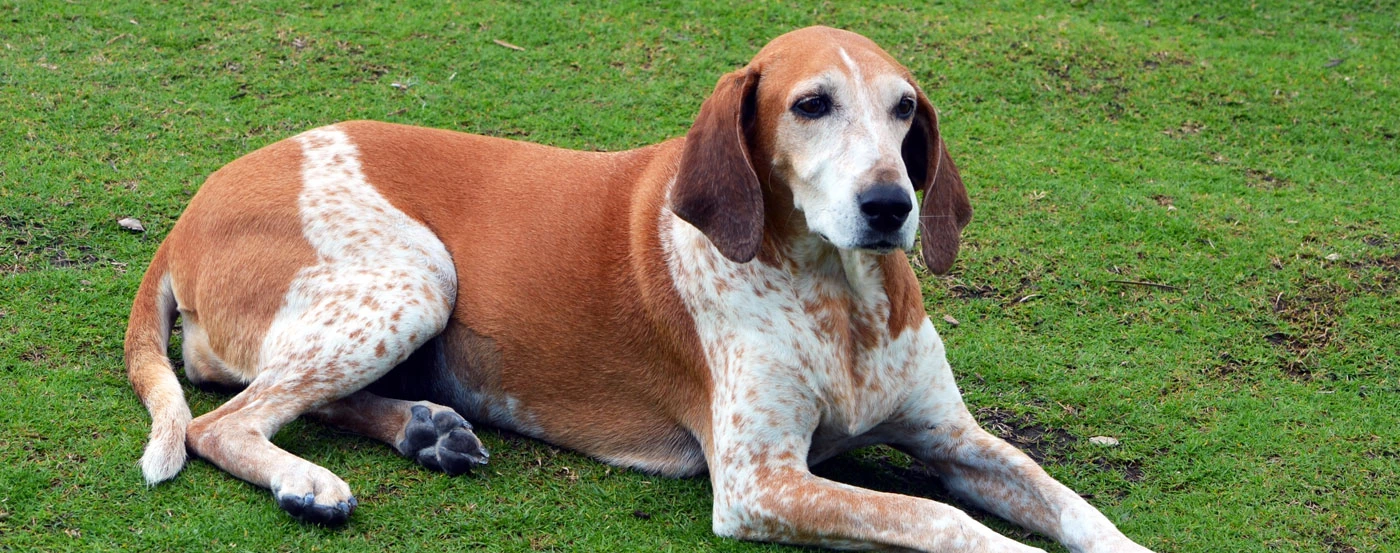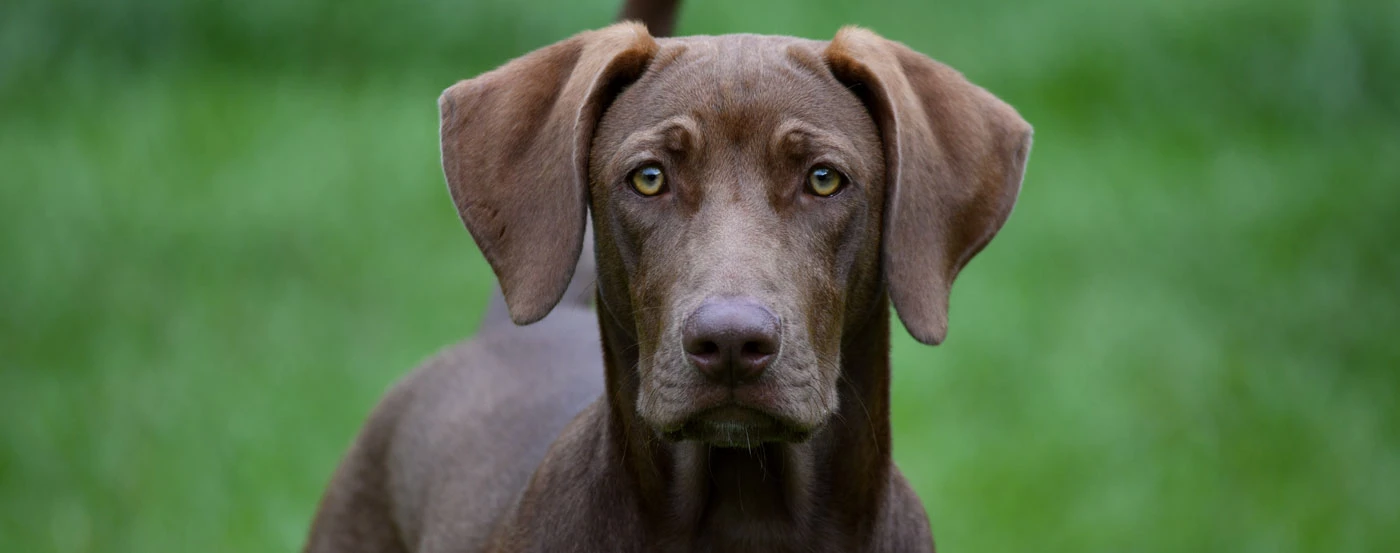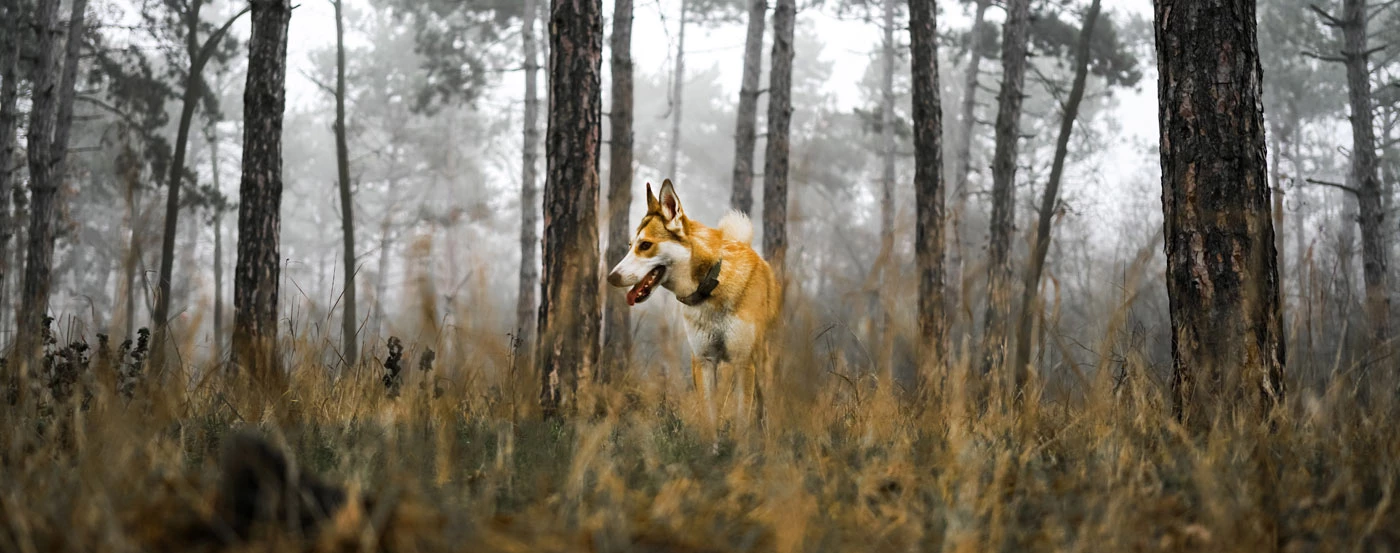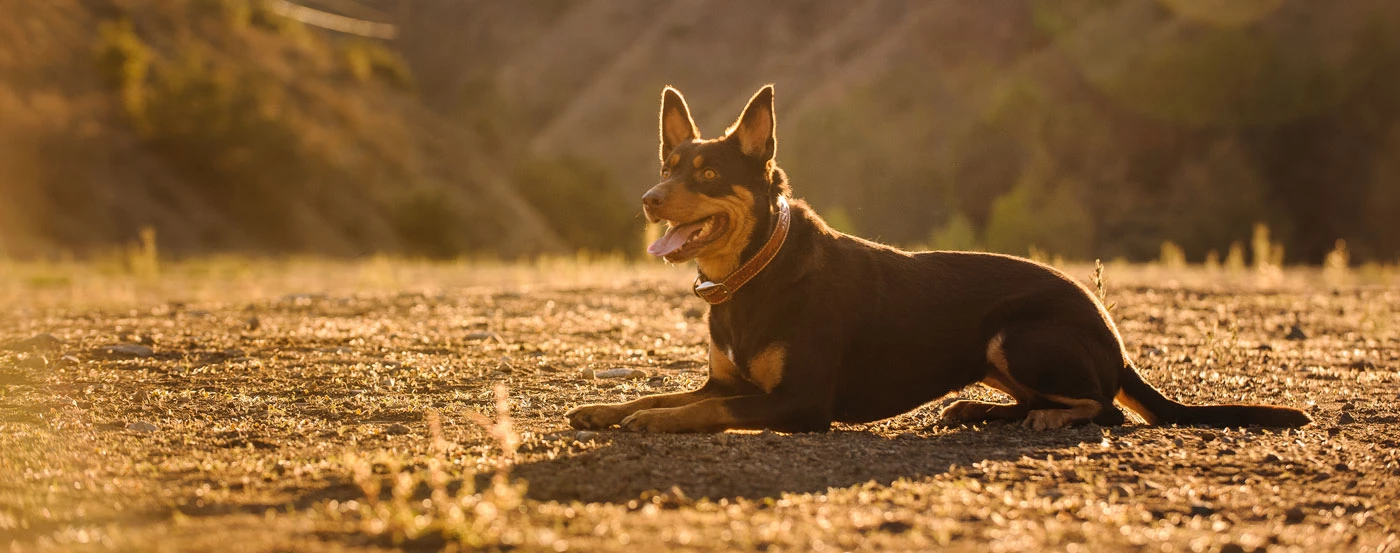About the Tibetan Mastiff
Tibetan Mastiffs are big guardian dogs from the Himalayan Mountains. In addition to being trustworthy guardians, they are also excellent friends and competent service dogs.
They are intelligent, strong-willed, and independent canines who, depending on their mood, alternate between obedience and independence. Learn more about adopting the Tibetan mastiff into your lifestyle.
Tibetan Mastiff Gallery
What is the history & origin of the Tibetan Mastiff?
The Tibetan Mastiff is an old breed that emerged in Tibet's Himalayan Mountains about 1100 BC. They were exclusively popular in their native country until the mid-1800s when they were transported for the first time to England.
For ages, Tibetan Mastiffs have served as guard dogs. To protect the whole community, the nomads of Tibet would let the Tibetan Mastiff wander freely at night. Therefore it is usual for a Tibetan Mastiff to sleep during the day and be very active and noisy at night.
Tibetan Mastiffs are very fiercely protective of their family and home. They need an owner with skills and patience who can give early and continuing socialisation and training to minimise aggression.
Who are Tibetan Mastiff dogs best for?
While his protective personality is appealing, the Tibetan Mastiff is not the greatest breed for a dog owner new to dog ownership. He needs someone who can instruct him with kindness, firmness, and consistency, but never with force or brutality. He is an independent thinker who still enjoys regularity.
It is not advisable to dispute in front of Tibetan Mastiffs or reprimand youngsters in their company since they dislike disharmony. They are prone to intervene to prevent disagreements or reprimands.
Also, it is not a good idea for the dog to supervise children's play. It is much too simple for parents to misinterpret roughhousing as an assault and intervene to defend "their" children.
How much grooming does a Tibetan Mastiff need?
Grooming Tibetan Mastiffs is essential. Washing and regular brushing are necessary for purebred Tibetan Mastiffs, and you should bathe the dog regularly. This gigantic double coat needs adequate washing and drying to have a stunning coat and skin health.
When a dog's coat gets dirty, the dog hair becomes coarse and finally splits, severely damaged fur. Once every week, comb the dog's coat to prevent it from getting matting and entangled. Inadequate care may lead to the growth of spider web mats close to the skin, and this kind of matting may cause a range of skin conditions if left untreated.
Tibetan Mastiffs shed a lot. Their primary shedding cycle happens once or twice a year, and they are minor shedders the rest of the year. There will be hair on your clothes, belongings, and flooring. Be prepared to vacuum after your dog all day.
Do Tibetan Mastiff bark much?
Tibetan Mastiffs have a powerful, thunderous bark and are mostly nighttime barkers. These large breed dogs are one of the worst barkers and howlers. The breed is well-known for its loud and booming bark, which will undoubtedly startle you the first time you hear it.
Generally speaking, your Tibetan Mastiff will only bark when he detects a danger and wants to warn you. However, they are also known to bark out of pure boredom and when they are lonely or draw your and your family's attention.
Therefore, train your Tibetan Mastiff puppy not to bark and hope that this habit continues until maturity. Eliminating this habit will be most successful with positive reinforcement.
Do Tibetan Mastiff bite?
Given their size and often menacing look, a purebred Tibetan mastiff is no more likely to bite than any other. They generally are rather sociable, yet they may be apprehensive of unfamiliar humans and other dogs.
However, this dog has a solid bite. There have been several incidents of Tibetan Mastiffs attacking people, resulting in serious injuries such as severe brain damage and even death.
To prevent any potential mishaps, keep your Tibetan Mastiff on a leash when out for walks, and use a harness strong enough to contain his enormous size and weight. Although they are friendly, accidents can happen.
What is the temperament & personality of a Tibetan Mastiff?
Tibetan mastiffs are best suited to people with patience and expertise with dogs. The Tibetan mastiff has an independent, stubborn, headstrong, and intellectual nature. They do not seek guidance from their peers, a common problem among many individuals. They take their role as protectors of people and property extremely seriously.
Even with good obedience training, which is essential for all breeds, Tibetan mastiffs will continue to behave as they want. Their intelligence may allow them to perform flawlessly in the classroom, but their independence may cause them to disregard the exact instructions at home.
Tibetan mastiffs aren't known for being extremely cuddly, and they don't like excessive attention. They may be aloof and have behaviours with people reminiscent of cats. Tibetan mastiffs may be significant with kids, but they can be overprotective of "their kids."
What is the weight & size of a Tibetan Mastiff?
Tibetan mastiffs are easily recognised by their physical characteristics. They have a lion's mane and are pretty big, and male Tibetan mastiffs are larger than their female counterparts.
The maximum height of a female Tibetan mastiff is 27 inches (69 cm) and weighs around 70-120 lb (31.8-54.4 kg).
The maximum height of a male Tibetan mastiff is 29 inches (74 cm) (74 cm) and weighs approximately 90-150 lb (41-68 kg) (40.8-68.0 kg).
How much training does a Tibetan Mastiff need?
Begin training your dog immediately after bringing him home. Even at eight weeks of age, most Tibetan Mastiff puppies can absorb all of the information you give them. Never wait until he is six months old to begin training; otherwise, you will be dealing with a bigger, more obstinate adult dog.
If feasible, enrol him in puppy obedience training between 10 and 12 weeks of age, and socialise him as soon as possible. Be aware, however, that many puppy training sessions demand current vaccinations (such as kennel cough).
Many vets advise limiting a puppy's exposure to other canines and public areas until vaccinations are complete. In place of professional training, you can teach your puppy at home and socialise him with family and friends until he has received all of his vaccinations.
What are some of the most common health issues for a Tibetan Mastiff?
Tibetan Mastiffs are generally a healthy breed; however, they might be susceptible to some typical health conditions in big dogs. The Tibetan Mastiff is susceptible to several health problems. They need moderate exercise in daily walks for their physical and mental well-being since they are prone to obesity.
Tibetan Mastiffs are sensitive to the following health conditions:
Hip dysplasia
Elbow dysplasia
Hypothyroidism
Persistent pupillary membranes
Canine-inherited demyelinative neuropathy
The American Tibetan Mastiff Association participates in the Canine Health Information Center (CHIC) Program as the American Kennel Club parent organisation for the breed in the United States.
For a Tibetan Mastiff to acquire CHIC certification, the Orthopedic Foundation for Animals (OFA) must evaluate his hips and thyroid. The Canine Eye Registration Foundation must clear his eyes (CERF). An OFA assessment of the elbow is advised but not essential.
What is the lifespan of a Tibetan Mastiff?
The lifetime of a Tibetan mastiff is 10 to 12 years.
How much should you feed a Tibetan Mastiff?
These large dog breeds require four to six cups of food each day. He is not especially active, so he will not need much more. Be careful to adhere to the recommendations on the packaging and feed him following his age and weight since he may become obese pretty quickly.
Be sure to offer him kibble which is high-quality dog food and provide him with a balanced diet. The list of ingredients should include protein from meat, carbs, fibre, omega fatty acids, vitamins, and minerals. Because he is of a giant breed, you must give him kibble specially formulated for such animals.
What is the price of a Tibetan Mastiff in Australia?
In Australia, the price tag for a one-year-old Tibetan Mastiff typically ranges from $2,000 to $8,000, but elsewhere, these breeds may reach exorbitant sums.
Pros
- Excellent guard dogs
- Low exercise needs
- Attention Grabber
Cons
- Barking
- Slobbering water
- Heavy shedding
